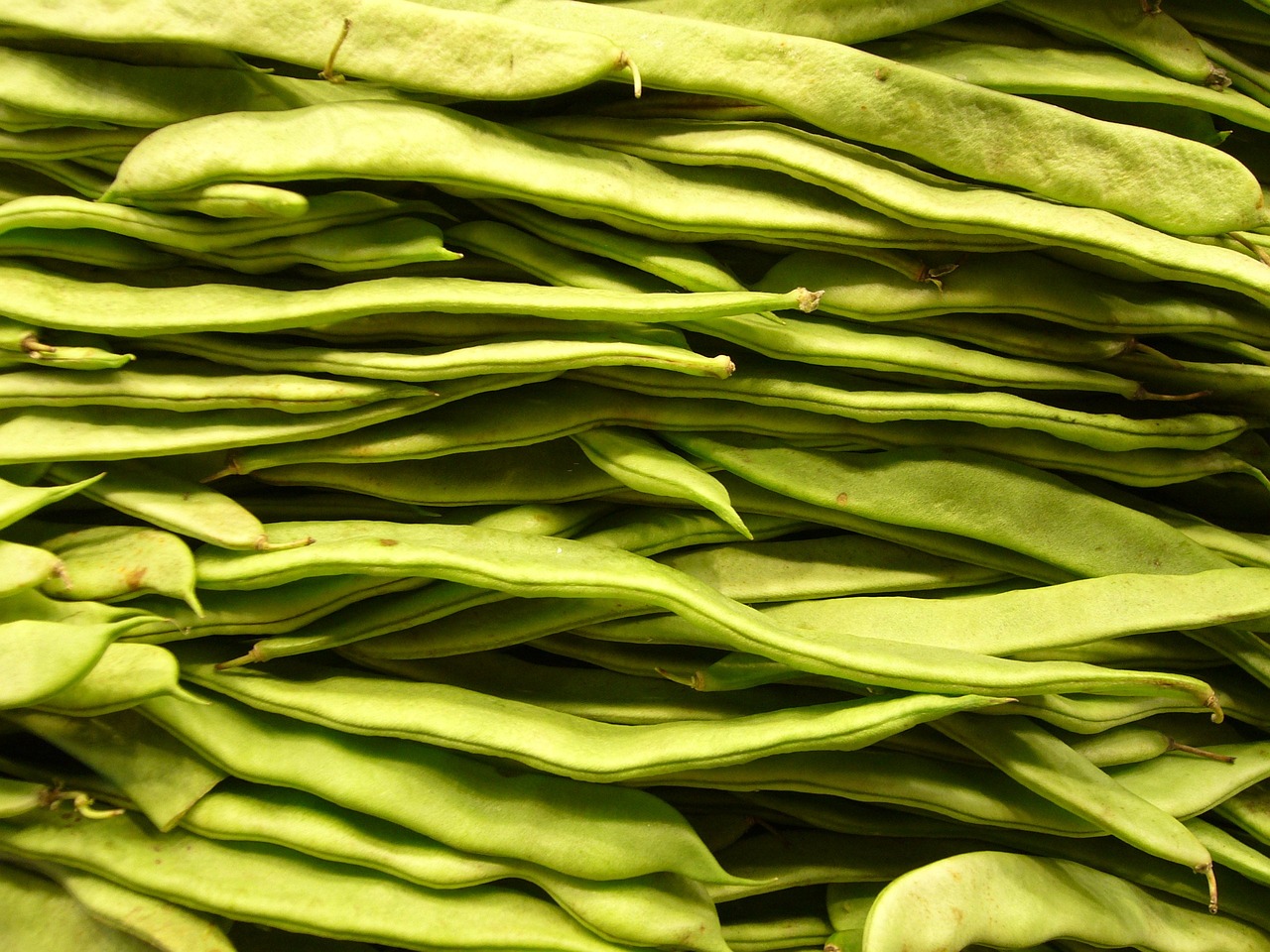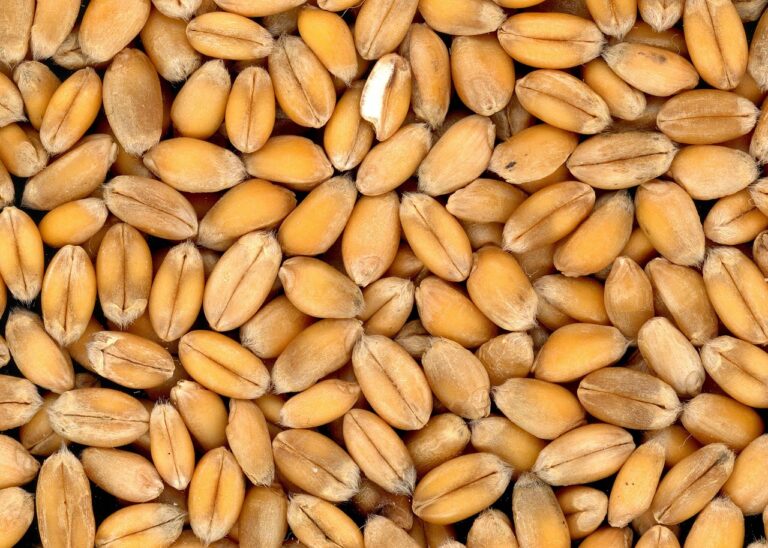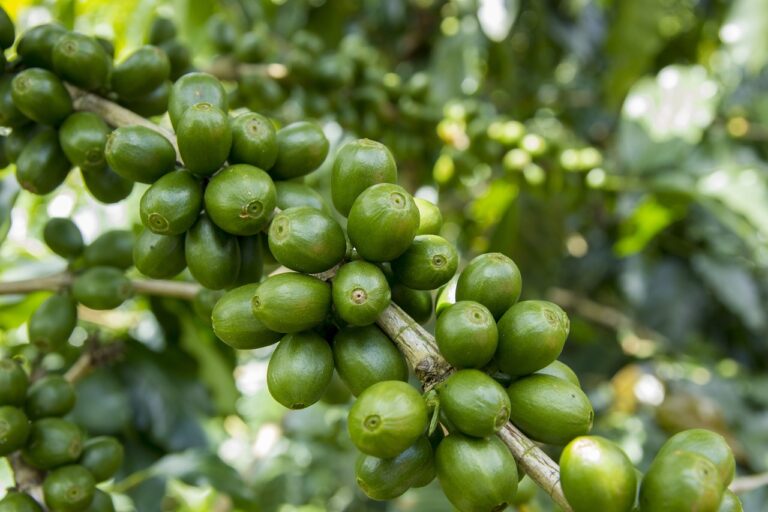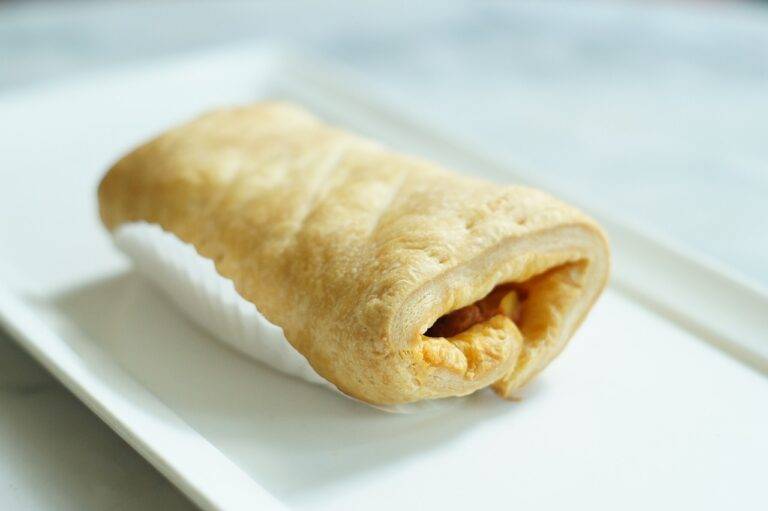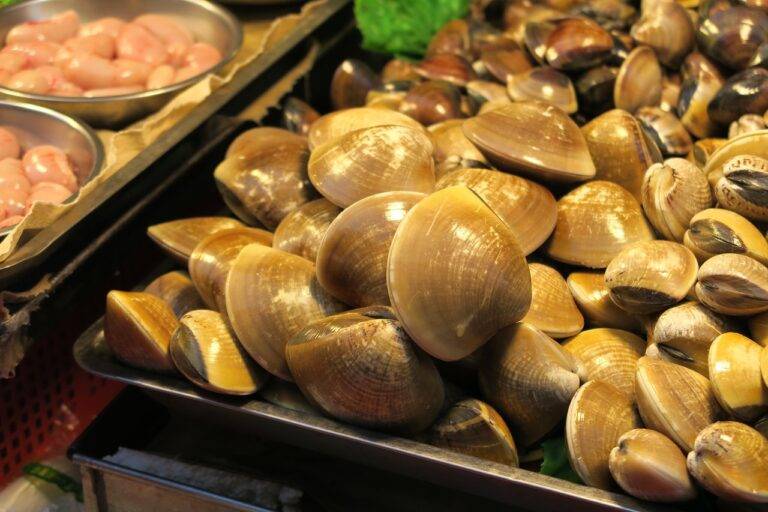The History and Tradition of Tea: From Ancient China to Modern Rituals
Origins of tea drinking in ancient China date back thousands of years and are steeped in legend and tradition. According to Chinese mythology, Emperor Shen Nong discovered tea in 2737 BC when tea leaves blew into a pot of boiling water, creating an aromatic and flavorful drink. This serendipitous event laid the foundation for the rich cultural practice of tea consumption that would later become deeply ingrained in Chinese society.
Tea was initially consumed for its medicinal properties before evolving into a popular beverage enjoyed for pleasure and social interactions. In ancient China, tea became synonymous with refinement and elegance, leading to the development of elaborate tea ceremonies and rituals that emphasized etiquette and mindfulness. As tea’s popularity grew, it began to be cultivated on a larger scale, with different varieties and methods of preparation emerging to cater to diverse tastes and preferences.
• Tea drinking in ancient China has origins dating back thousands of years
• Emperor Shen Nong discovered tea in 2737 BC according to Chinese mythology
• Tea was initially consumed for its medicinal properties before becoming a popular beverage for pleasure and social interactions
• Elaborate tea ceremonies and rituals developed, emphasizing etiquette and mindfulness
• Cultivation of tea on a larger scale led to the emergence of different varieties and preparation methods
Spread of Tea Drinking to Japan and Korea
Compared to China, the introduction of tea to Japan and Korea occurred much later. It was during the Tang dynasty in China that the Japanese Buddhist monk, Saicho, brought tea seeds back to Japan in the early 9th century. Over time, tea drinking became an integral part of Japanese culture, leading to the development of the famous Japanese tea ceremony, known as chanoyu.
Similarly, in Korea, the spread of tea drinking can be traced back to the early 9th century when Korean Buddhist monks studying in China were introduced to tea. The prominence of tea in Korean culture further blossomed during the Joseon dynasty, with the practice of tea drinking becoming a cherished tradition among the Korean aristocracy. Today, both Japan and Korea have unique tea cultures that continue to thrive, showcasing the enduring influence of tea from its origins in China.
Tea in the Islamic World
Tea made its way to the Islamic world during the Tang dynasty in China, spreading through trade routes and the influence of travelers and scholars. In the Islamic world, tea was not just a beverage, but a symbol of hospitality and served as a social lubricant during gatherings and discussions, fostering connections among individuals. The preparation and consumption of tea took on spiritual significance in Islamic societies, with elaborate tea ceremonies reflecting the importance of mindfulness and presence in daily life.
As tea became integrated into Islamic culture, it found a place in rituals and traditions, from the Persian tradition of “chai khaneh” to the unique tea rituals in Turkey and North Africa. The beverage was also embraced for its medicinal properties, with various herbs and spices added to create blends that were believed to have healing properties. Tea houses, known as “qahveh khaneh” or “shaykhaneh,” became important social centers where people gathered to relax, converse, and enjoy the calming effects of tea in a bustling world.
How did tea drinking spread to the Islamic world?
Tea was introduced to the Islamic world through trade with China and the Silk Road. It eventually became popular in countries such as Iran, Turkey, and Morocco.
What is the significance of tea in the Islamic world?
Tea holds cultural and social significance in many Islamic countries, often being consumed during gatherings, ceremonies, and social events.
Are there any specific traditions or rituals associated with tea drinking in the Islamic world?
Yes, there are various traditions and rituals surrounding tea drinking in the Islamic world, such as the preparation of mint tea in Morocco and the serving of black tea with sugar cubes in Turkey.
What are some popular types of tea consumed in the Islamic world?
Some popular types of tea consumed in the Islamic world include black tea, green tea, herbal teas, and mint tea.
How has tea drinking evolved in the Islamic world over time?
Tea drinking in the Islamic world has evolved to include a variety of flavors, preparations, and customs, reflecting the diverse cultures and traditions of the region.

